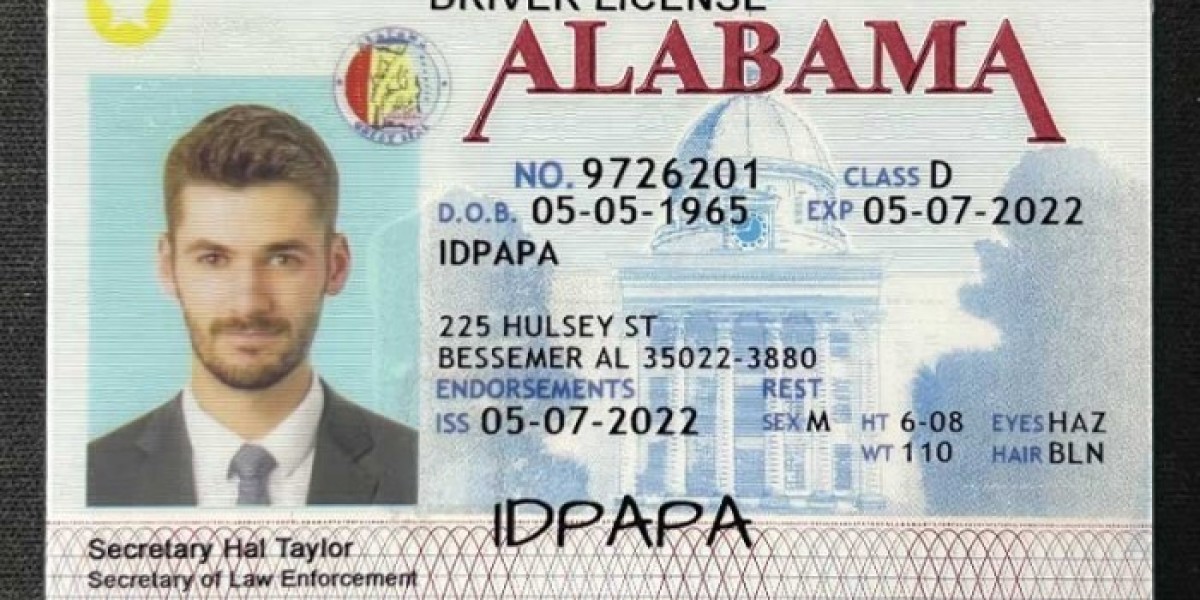In a world where fake identity plays a crucial role in our day-to-day lives, detecting false identifications is of paramount importance. A false ID refers to any document or information that misrepresents an individual's true identity. Whether for malicious intent or to gain unauthorized access, spotting these fraudulent identifications is crucial for maintaining security and preventing potential harm. Here are some key indicators to be aware of:
Inconsistencies in Personal Information: False IDs often contain conflicting details, such as mismatched names, birthdates, or addresses. These discrepancies can be a glaring sign of a fraudulent document.
Poor Quality or Forged Documents: Counterfeit IDs may exhibit signs of low-quality printing, uneven lamination, or irregularities in the material. Experienced forgers might create highly convincing replicas, but careful scrutiny can still reveal telltale signs.
Incorrect or Incomplete Security Features: Many official documents include security features like holograms, watermarks, or special inks. False IDs may lack these features or have them implemented poorly.
Lack of Authenticity Markings: Genuine IDs often have specific authenticity markings, such as government seals or embossed elements. Their absence or a visibly altered version is a clear indication of a fraudulent document.
Unfamiliar Fonts or Typefaces: False IDs may use incorrect fonts or display irregularities in text alignment. These discrepancies can be a sign of a hastily fabricated document.
Unusual Behavior or Nervousness: Observing the behavior of the person presenting the ID can also provide clues. Nervousness, evasiveness, or reluctance to answer questions about the information on the ID may suggest deceit.
Unfamiliarity with Personal Information: A person presenting a false ID may struggle to recall details like their own address, birthdate, or other personal information. This hesitation can be a red flag.
Non-Standard Issuing Authority: Familiarity with the typical issuing authorities for various types of IDs is essential. A suspicious issuing authority or one that doesn't align with the document's purported origin should raise concerns.
Unusual Expiration Dates or Validity Periods: False IDs may have unrealistic expiration dates or validity periods, indicating a lack of understanding about official document norms.
Lack of Supporting Documentation: If the individual cannot provide additional forms of identification when requested, it raises suspicion about the legitimacy of the presented ID.
Being vigilant and well-informed about these indicators can significantly enhance one's ability to spot false identifications. Vigorous verification measures are essential for maintaining security and upholding the integrity of identity-based systems. For more information visit IDPAPA.








